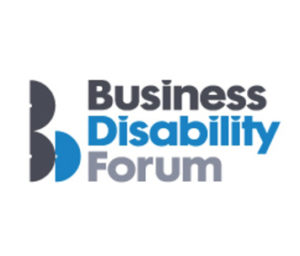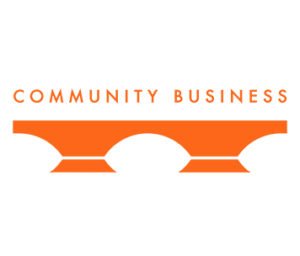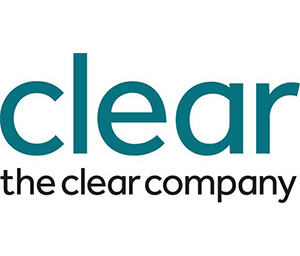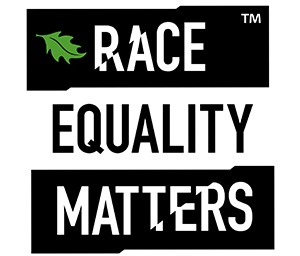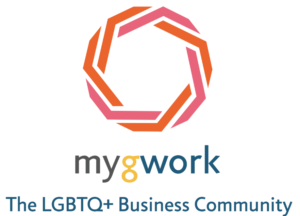Recruitment & Retention Challenges to Persist in 2024
Nine out of 10 HR and learning and development leaders expect hiring and retention challenges to persist worldwide in 2024, confirmed a new survey.
More Women on Boards Linked to Greater Investment Efficiency
When companies increase the number of women on their boards of directors, the investment efficiency of those companies increases, reveals report.
Scarce Green Skills Major Barrier to Achieve Net Zero Goals
The lack of green talent and skills is preventing many companies from achieving their net zero goals, according to a new study.
Disability Hampers Career Progression, Reveals Study
Disability is still a barrier to progression in the workplace, according to employees with disabilities, revealed a new report.
Employers Failing to Educate Staff About AI Risks, Reveals Study
Despite the increasing use of AI at work, only 56% of companies educate their employees on its risks, revealed a new report.
3/4 Gen Z & Millennials Would Quit Job in Toxic Workplace
Three-quarters of Gen Z and millennials would quit their jobs tomorrow if they found themselves in a toxic work culture, revealed a new study.
Most UK Jobs Still Pay Men More Than Women, Reveals Study
Millions of UK workers are employed in jobs where men are still paid more than women, study reveals.
Majority of Brits from Ethnic Minority Backgrounds Don’t Feel Represented in Sports, Study Shows
Six out 10 of ethnic minority Brits do not feel truly represented across the full spectrum of UK sport, and a third say racism prevents them supporting or partaking in sports, a new study has revealed.
How to Support Staff Who Need to Take Assistance Animals to Work
The Business Disability Forum has published a series of short guides offering advice to employers on how to support disabled employees who need to bring animals to work.
Firms Failing to Report LGBTQ+ Pay Gaps & Senior Representation
LGBTQ+ individuals make up just 3.6% of senior leaders and the average hourly earnings of lesbian, gay and bisexual employees are 5.5% lower than their straight counterparts, according to new data.






































